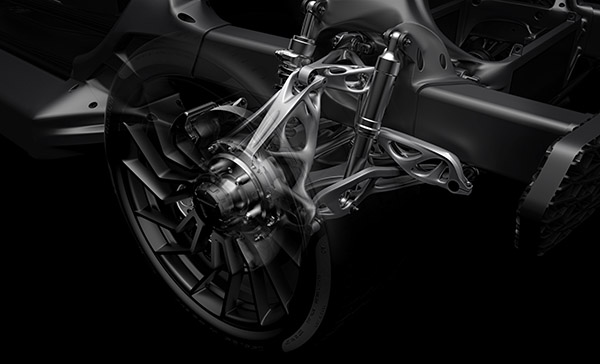
Hannover Messe: Smart materials paving the way to 3D printing and to the ‘microfactory’
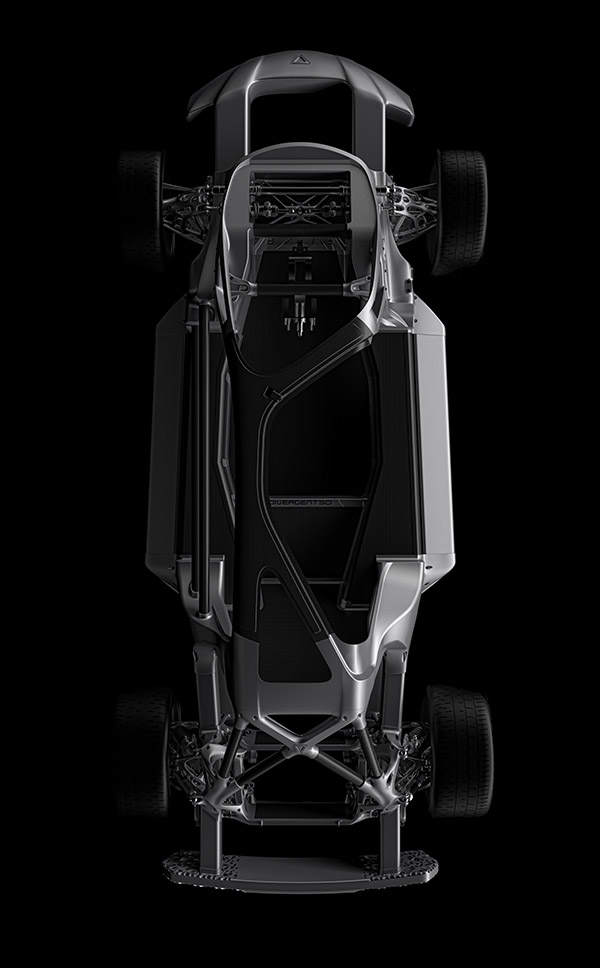
There may or may not be slight differences between what’s called “3D printing” and “additive manufacturing”, but essentially both are advanced techniques that could spell the end of assembly lines as we know them.
It’s a widely known historic fact that giant car companies pioneered what we now known as the assembly line, where a product – such as a car or any other complex item – would move along production line, where different workers and teams of workers would do their jobs and eventually a finished product would be the result.
This process, however, is now being reconsidered in an age where customers are asking for increaing amounts of customisation and new technologies such as 3D printing and additive manufacturing are making this customisation possible.
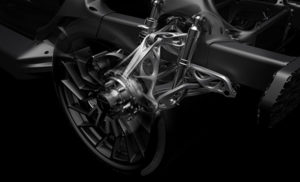
Take, for example, the Blade supercar, pictured above and in other images in this article. This amazing-looking vehicle is entirely 3D printed, according to its makers, Divergent 3D.
If such a production process is repeatable in a cost-effective, why wouldn’t people want cars made to their exact specifications, which would of course mean each and every car turns out different.
The only common thing between them would be the platform – meaning, the wheels, engine and so on. And even these components are likely to be different for each customer.
3D printing has liberated design from the straitjacket of conventional production methods, according to experts at Hannover Messe, with engineers now free to design components based purely on function.
Current research is focusing on the use of smart materials in 3D printing, which will open up even more revolutionary prospects for functionality.
The combination of intelligent materials and 3D printing is enabling researchers to consider completely new options in a diverse range of industries.
3D printing is already being used in laboratories to manufacture self-repairing materials and objects which can change their shape in response to specific environmental factors.
And new smart printing processes are even making it possible to replace the previous manual methods of producing components made from traditional composite materials like carbon fiber-reinforced plastics.
4D printers churn out “transformers” – self-assembling robots
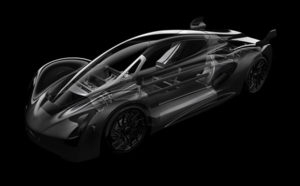
Potential applications for additive manufacturing in combination with smart materials are highly diverse.
Researchers from the Self-Assembly Lab at the Massachusetts Institute of Technology (MIT) believe that “self-folding” water pipes can someday be manufactured – pipes which expand or contract in response to water pressure.
And all of this without the use of sensors, actuators, software or microprocessors, based simply on the design of the material’s physical properties.
The opportunities are even more incredible in the field of robotics, where researchers are looking into the possibility of self-assembling machines . This would be of incalculable value for producing rescue or research robots which, in “folded” form, could be brought to inaccessible places where they would then automatically “unfold” to assume full functionality.
These visions are made possible by a new process, 4D printing , a method which can be used to produce self-forming objects using a 3D printer.
Researchers at Harvard University in Cambridge, Massachusetts for example used the process recently to print a flower which automatically unfolds after making contact with water .
This succeeded by using a hydrogel in which cellulose fibers, tiny particles of clay and plastic monomers were all mixed together.
But contact with water is not the only trigger allowing 4-D materials to change their shape: heat, motion and any other type of energy can also activate materials that have the corresponding design.
Using ultrasound to produce self-mending materials and carbon fiber composites using 3D printers
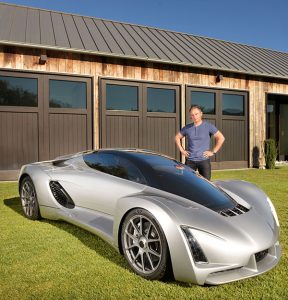
Equally interesting is the case of “self-mending” materials – plastics for instance – which can repair themselves.
One way to achieve this effect is to mix tiny nanotubes filled with unhardened polymer into the plastic. If the plastic is damaged and the tubes are broken open, the liquid polymers are released and can then “mend” the material.
A special procedure developed by researchers at the University of Bristol uses conventional 3D printing in combination with ultrasonic waves to bring the nanotubes into the right position.
These waves are used to create patterned force fields in the liquid plastic inside the nanotubes. And this not only affects nanotubes – the same procedure can also be performed on carbon fibers.
The same 3D printing procedure can also be used to produce traditional composite materials like carbon fiber-reinforced plastics, which previously could only be produced manually – a genuine breakthrough.
And even if this process is still far from being market-ready: The prospects for the time and cost-optimized production of high-tech composite materials via 3D printing are extremely attractive.
Additive manufacturing is all set to take industry by storm, and will be the subject of discussion at Hannover Messe, at the innovations of generative manufacturing meeting during the 3rd Additive Manufacturing Symposium – on 27 and 28 April 2017 (Convention Center, Room Heidelberg).
System builders and users can find an overview of new processes in 3D and 4D printing. Exhibitors of Digital Factory with corresponding solutions can be found in Hall 6, close to well-known CAD suppliers and lightweight construction.


